The difficulties of deckbuilding in competitive formats can scare off some Magic: The Gathering players from experimenting at Friday Night Magic events or on the Magic Arena ladder. Homebrews and theme decks are at a disadvantage in optimized formats like Standard and Modern where there’s a defined metagame and easily accessible tournament data.
Commander has become one of the biggest formats in Magic over the past five years, even leading to Wizards of the Coast dubbing 2020 as “The Year of Commander.” The format is a boon for novice and experienced deckbuilders to craft thematic decks centered around Magic’s over 1,200 Legendary creatures.
Commander is a casual Constructed format that emphasizes the importance of individual playgroups setting expectations rather than adherence to a strict set of rules and a win-at-all-costs mentality. This underlying philosophy influences how players craft their Commander decks, since many players view deckbuilding as a form of self expression or a way to make use of their collections.
Content creator DJ from the Jumbo Commander YouTube channel creates deck guides and introductory content for players. His deck-building philosophy reflects broader ideas within the format.
Unlike competitive formats that focus on a few key cards per set that make an impact, Commander takes advantage of a larger number of cards from a set. For DJ, this makes Commander a great format for deckbuilders.
“There are so many different archetypes and so many ways to build them,” DJ said. “There can be a random junk card in a set that every format dismisses, but it’s perfect for your deck. That allows for a lot more diversity of thought and lets you look at cards in different ways.”
Show up to any local Commander night and there’ll be a kaleidoscope of different decks built around a myriad of Legendary creatures. Since decks are built around one creature, decks within the same color can vary wildly.
Despite Commander being a format without many restrictions, DJ said when building decks it’s important to “eat your fruits and vegetables” by including a critical mass of ramp and card draw to increase a deck’s consistency.
“Make sure that your deck can sort of function along with the other ones because there’s nothing worse than having a cool deck but you stall out and don’t have the card draw to get back in the game or you don’t have the ramp to keep up and play the fun cards that you want to play,” DJ said.
These necessary aspects to any deck are generally represented by format staples. These cards are found in the majority of decks. Cards like Sol Ring, Cultivate, and signets are crucial pieces in most Commander lists.
Past these staple cards, decks can take different approaches on a similar theme. There are well-known archetypes, like +1/+1 Counters, that have a tried-and-true core set of cards that work with whatever Commander. For DJ, this is an opportunity to deviate from staples and experiment.
“You don’t just want to recycle an old deck with a new commander in it,” DJ said. “You want it to be a deck that is unique and matches that individual commander. That can be the tricky part.”
EDH has a massive card pool, and it’s unreasonable for any player to know off-hand what niche cards are great for their individual commander.
For deckbuilders, EDHRec.com is a powerful tool that lets players look for cards and get ideas for what works for their deck. Modern players may look at recent tournament results to get ideas for new decks, while Commander players look at the aggregated data provided by EDHRec to make informed decisions.
Joey Schultz, writer and podcaster with EDHRec, said while a metagame in Commander doesn’t necessarily exist since it varies so much between playgroups, the website can provide an insight into general trends pointing to what commanders are popular in the format.
When looking at the stats, Schultz identified several key aspects that make commanders and support cards stand the test of time from a deck-building perspective.
Schultz says the data suggest players like decks with a nonlinear gameplan. Golos, Tireless Pilgrim; Korvold, Fae Cursed King; and Atraxa Praetors’ Voice are the top three commanders over the past two years, according to EDHRec data. Many of the other top 20 decks are three or more colors.
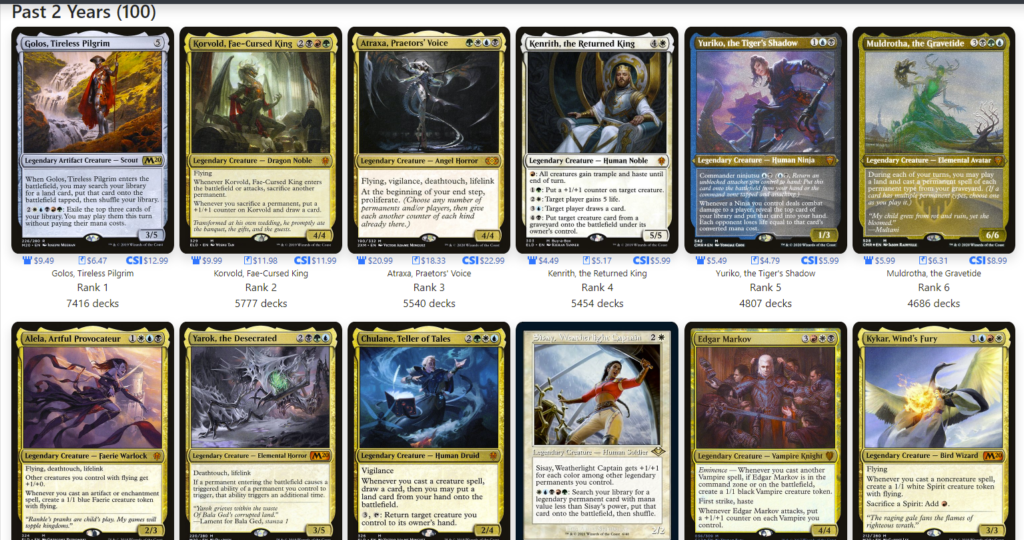
This provides players with multiple ways to approach an archetype. Linear decks like Prime Speaker Vannifar are undeniably powerful, but Schultz said the one-note direction of these decks turn off players after early excitement.
“When a deck is too linear the absence of variance starts to be like ‘well I solved this deck’ and it gets less engaging when it’s doing the same thing over and over again,” Schultz said. “When it comes to a commander like Golos, there’s infinite directions you can take it.”
Players also gravitate toward commanders that do something unique for their color combinations. Strixhaven: School of Mages introduced Osgir, the Reconstructor who’s been at the top of EDHRec since its release in April. Osgir looks to sacrifice Artifacts and reanimate them from the graveyard for value. This is a unique archetype in the R/W color combination, which is historically the weakest in the format.
“It’s something Boros hasn’t done before and Feather, the Redeemed was the same way. There’s a diversity here that we haven’t seen from that color pair before, so boom, player interest is going to skyrocket,” Schultz said.
A quirk of Commander deckbuilding is the social contract and the format’s focus on a fun, communal experience rather than wins and losses. This leads to certain cards being generally shunned by many playgroups. EDHRec attempted to quantify this trend with the Salt Score.
Mindslaver, Winter Orb, and Expropriate are incredibly powerful cards, but many players find these cards frustrating to play against. The core difference between Commander and other formats is that players can choose against adding these cards.
“They make players groan a little bit,” Schultz said. “There’s a bigger conversation about the idea of the social contract. There are plenty of players who are going to be fine with those cards. In general, having a high salt score communicates that maybe check with a new playgroup about these cards.”
DJ’s own experiences reflect this data. For him, the constant tinkering, experimentation, and social aspect of Commander is more important than winning games at this point.
“In Commander I can go a whole night without winning and have a blast,” DJ said. “I’ve been valuing that experience a lot more than a lot of other ways of playing Magic recently.”
As the format grows and gains a bigger focus, deck-building conversations will start to focus on a card’s Commander viability. With hundreds of Legendary creatures to choose from and a casual environment, the format allows for low-stakes experimentation in deckbuilding that’s hard to find anywhere else.


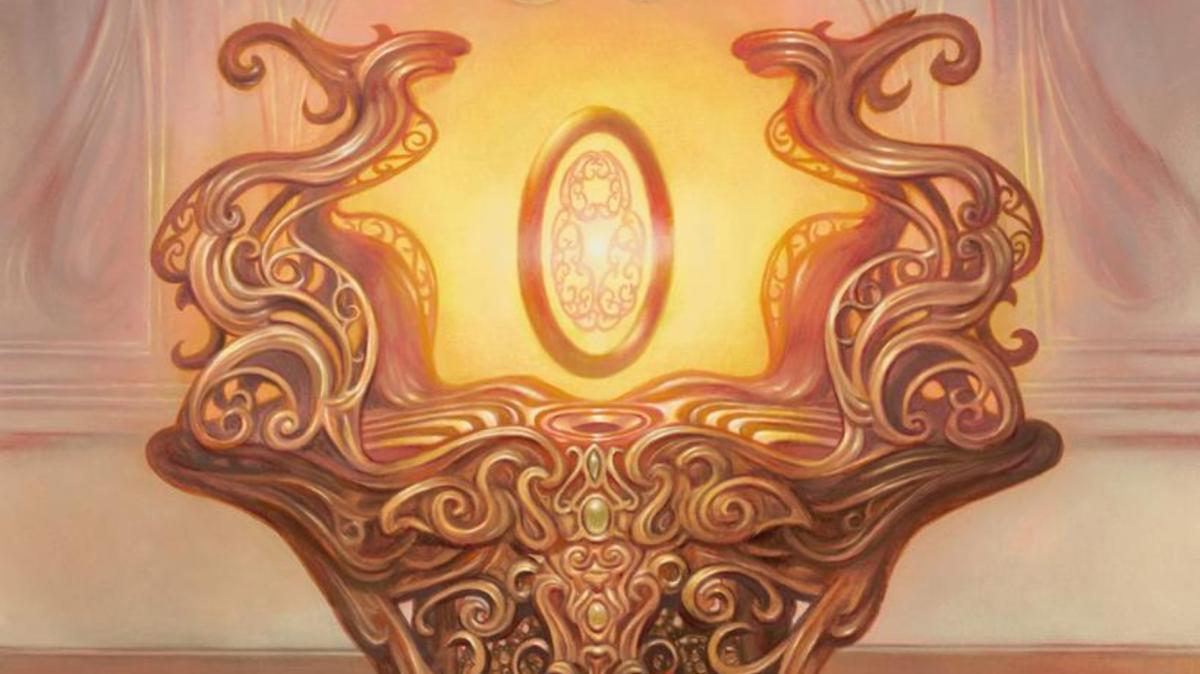
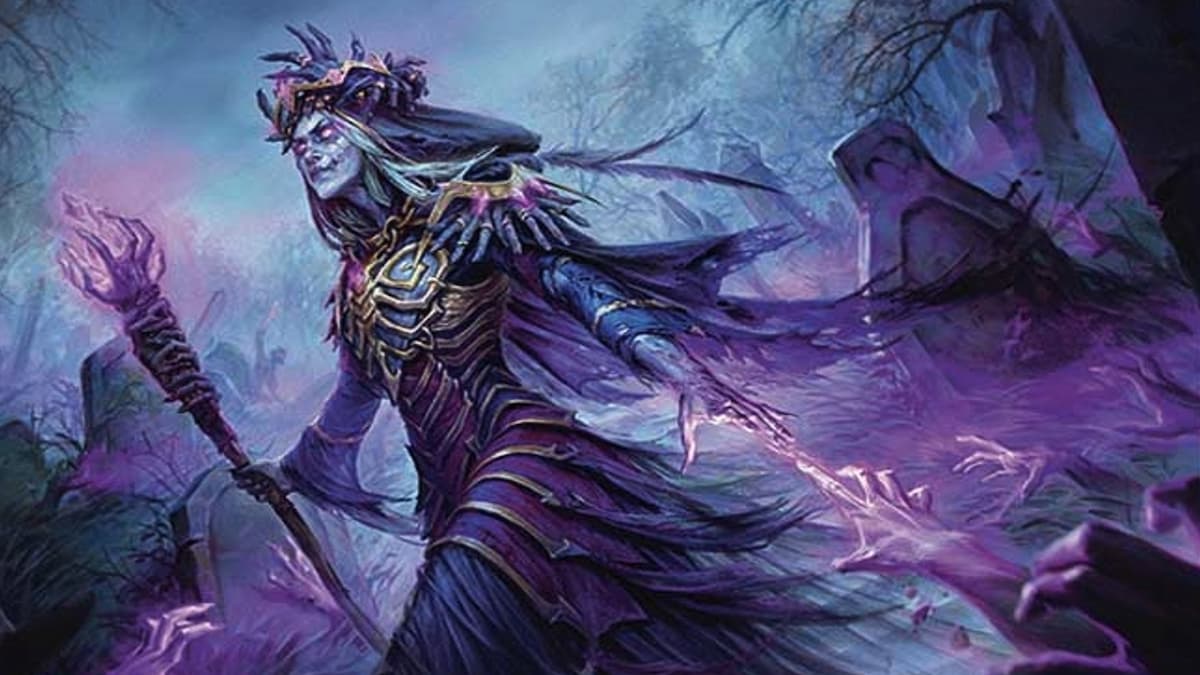
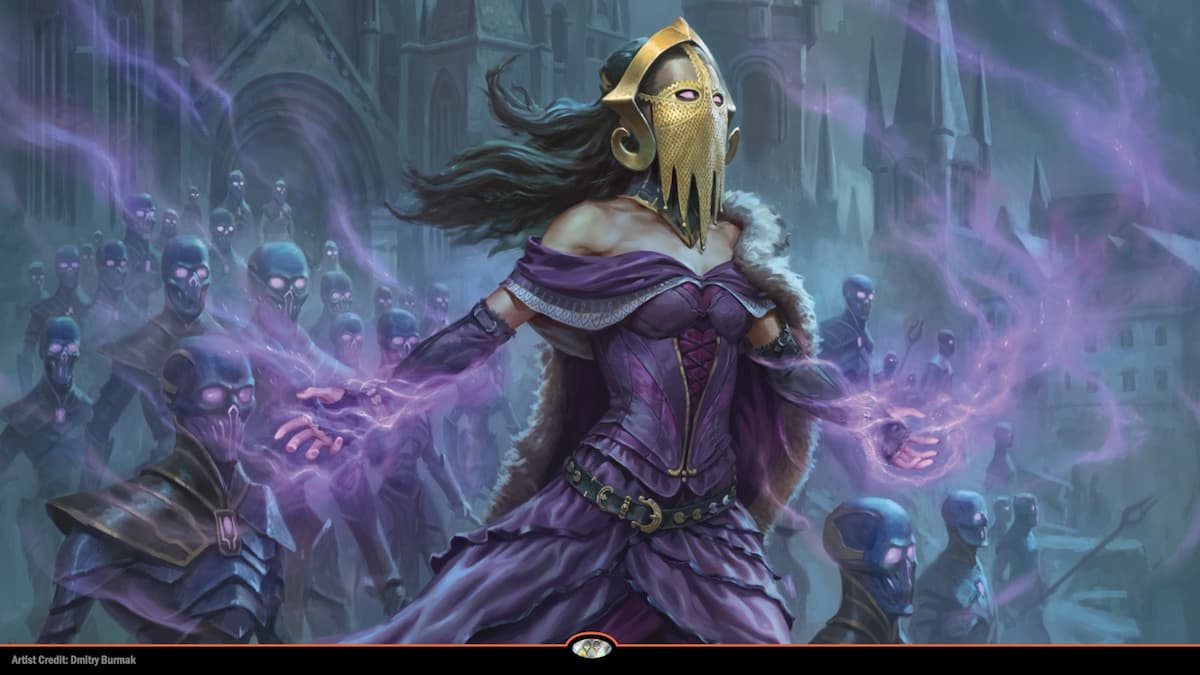
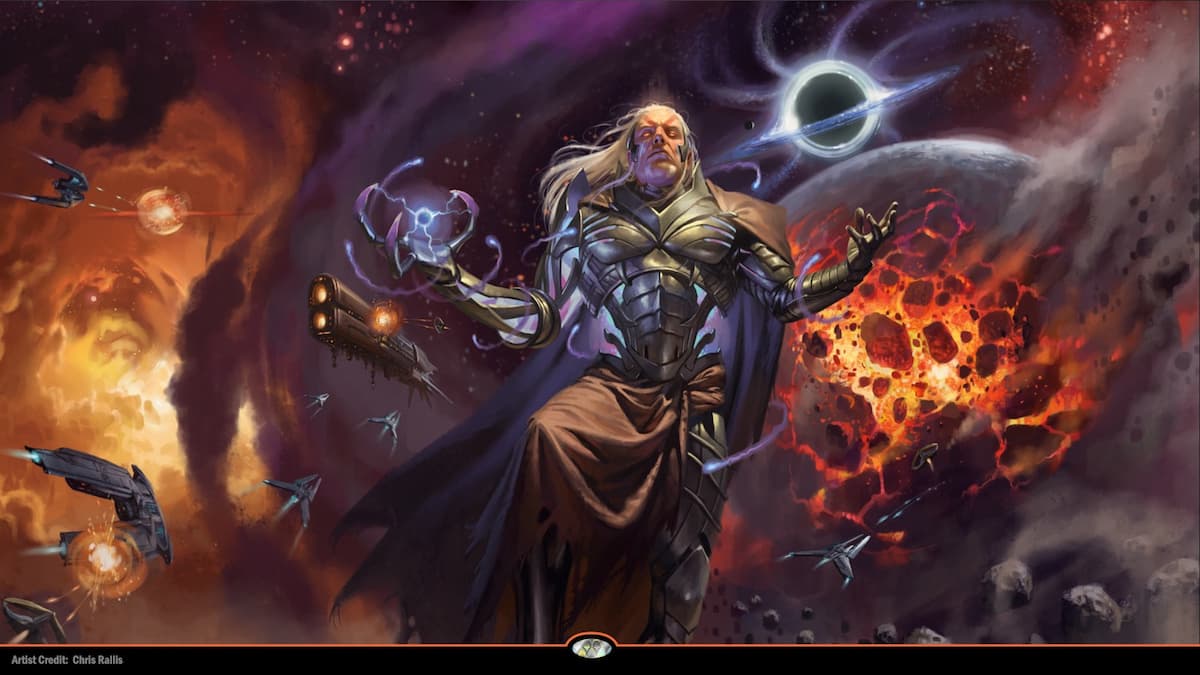


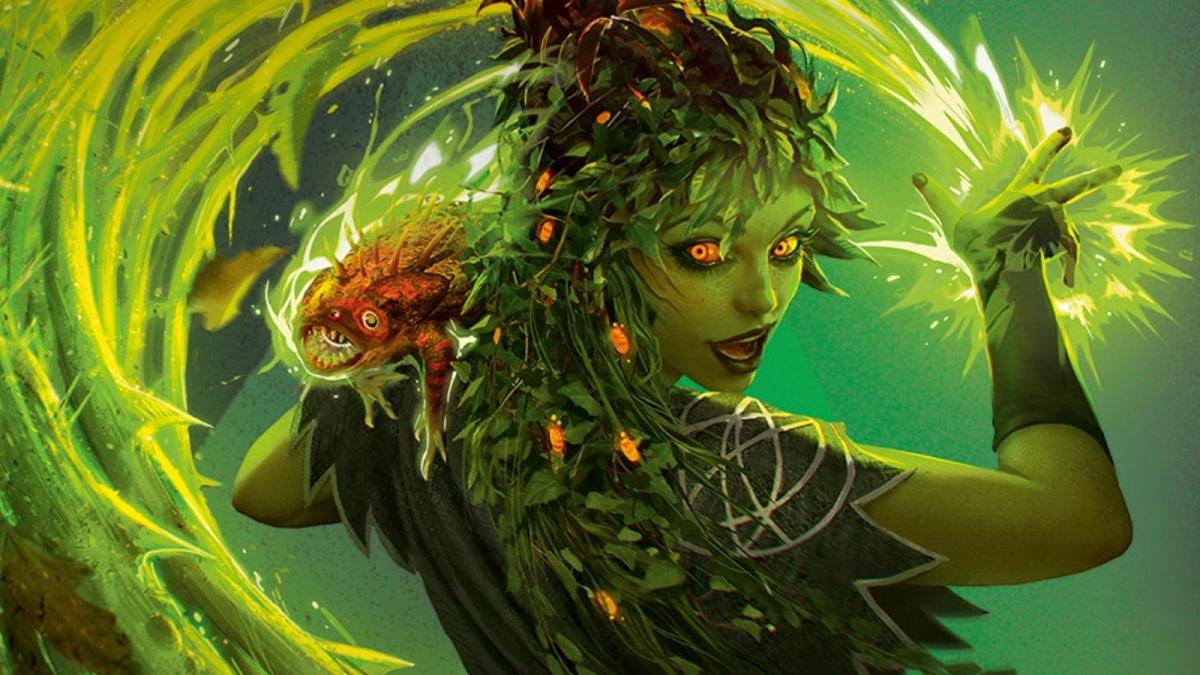
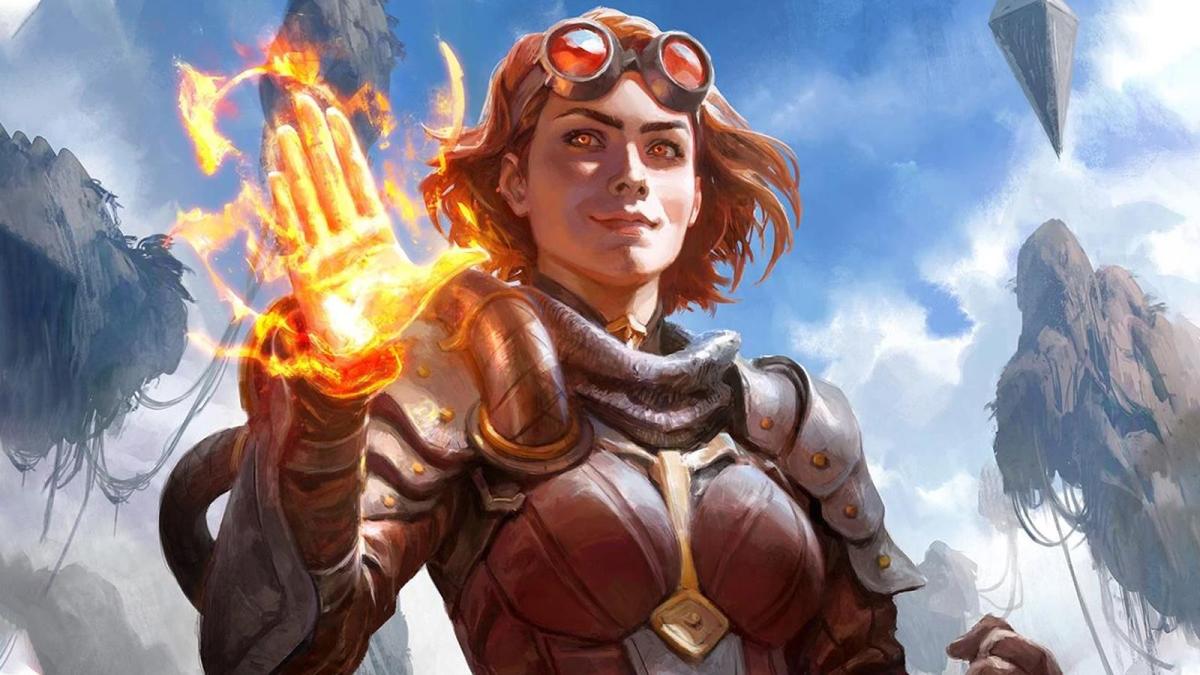



Published: Jul 30, 2021 04:09 pm